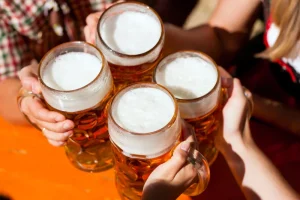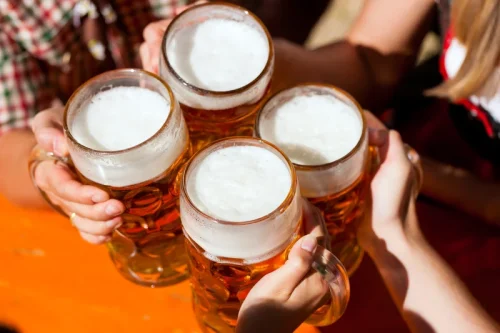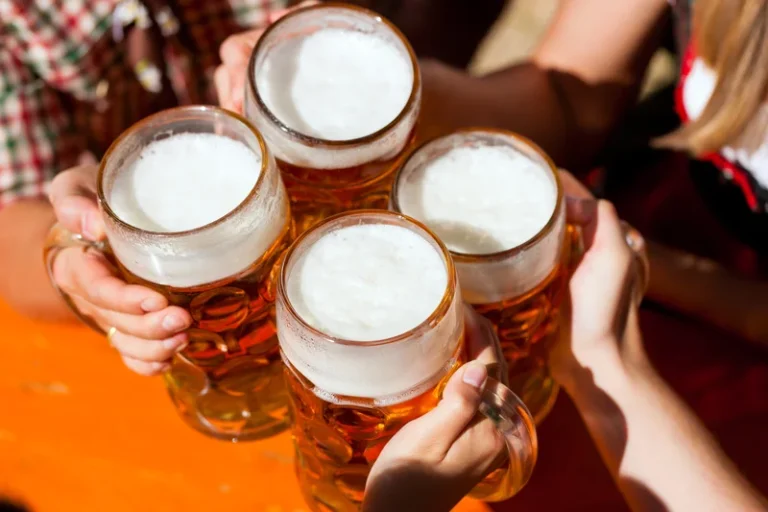
Identifying addiction isn’t always easy and it’s best to leave diagnosis to healthcare professionals. However, it can be helpful to know the diagnostic criteria if you think that you or someone you care about has an addiction to amphetamines. People struggling with addiction usually deny they have a problem and hesitate to seek treatment. An intervention presents a loved one with a structured opportunity to make changes before things get even worse and can motivate someone to seek or accept help. “The increase of dopamine, as well as the activation of the sympathetic nervous system, can lead to hallucinations and psychosis, similar to schizophrenia,” Franssen said. Together, those two chemicals can also have other mental effects.

How Effective Is Rehab and Drug Addiction Treatment?

The causes include decreased salivation, corrosive substances in the smoke, and poor oral hygiene—called “meth mouth.” Because some amphetamines are widely used as treatment for attention-deficit/hyperactivity disorder, obesity, and narcolepsy, there is a ready supply that can be diverted to illegal use. Some amphetamines are not approved for medical use and are manufactured and used illegally. If you have severe withdrawal symptoms, you may need to stay at a live-in treatment program.
Detection in body fluids
- The advisers who will pick up the phone will be mostly people who know addiction from personal experience, who have already defeated the demons alone or for a loved one.
- Amphetamine is abused when you take it without a prescription from a medical practitioner or in a manner other than what was prescribed.
- Schedule a time to take it every day and stick to that same schedule for the duration that you’re taking the drug.
- The tolerance and withdrawal criteria are not considered to be met if the stimulant is used only under appropriate medical supervision.
- Sign up for free and stay up to date on research advancements, health tips, current health topics, and expertise on managing health.
- Abuse can also lead to stimulant psychosis, which can continue intermittently for a number of months.
They’re often used and misused in search for a sense of relaxation or a desire to “switch off” or forget stress-related thoughts or feelings. Two groups of synthetic drugs — synthetic cannabinoids and substituted or synthetic cathinones — are illegal in most states. The effects of these drugs can be dangerous and unpredictable, as there is no quality control and some ingredients may not be known.
Signs and Symptoms of Amphetamine Abuse
- Due to the toxic nature of these substances, users may develop brain damage or sudden death.
- A soldier going to battle on Pervitin usually found himself unable to perform effectively for the next day or two.
- Therefore, if someone were to be dependent on the drug, they would start to experience withdrawal symptoms quite quickly.
- Two groups of synthetic drugs — synthetic cannabinoids and substituted or synthetic cathinones — are illegal in most states.
Therefore, it’s imperative to read the warning signs and understand the risks before taking them. Amphetamines have a high potential for addiction, with some individuals becoming so reliant on the drug they feel they need it just to get through the day. Therefore, it is vital for those struggling to seek support in overcoming their addiction through amphetamine rehab. If you are concerned for yourself or a loved one that is amphetamine addiction abusing amphetamines, this page will talk you through the signs, causes, and implications of amphetamine addiction. Certain formulations of amphetamine, typically pseudoephedrine, are used in medications that treat cold symptoms, such as Sudafed, Franssen said. The amphetamine stimulants reduce the swelling of the blood vessels in the nose; this helps open up the airways, allowing for easier breathing.
- We know that an addiction to amphetamine develops due to underlying reasons.
- Researchers have also studied amphetamines for use in people with obesity, narcolepsy, cocaine dependence, and other conditions.
- Examples include methylenedioxymethamphetamine, also called MDMA, ecstasy or molly, and gamma-hydroxybutyric acid, known as GHB.
- With blessing from the American Medical Association, SKF advertised Benzedrine Sulfate for minor depression, narcolepsy and post-encephalitic Parkinsonism.
Immediate effects
Always follow your healthcare provider’s instructions when taking amphetamines. Depending on what type and the dosage of the prescribed amphetamine, take extended-release capsules once daily and immediate-release tablets and oral solutions up to three times per day. Schedule a time each day to take your amphetamines and stick to that schedule. Of the amphetamines, methamphetamine likely has the largest potential for abuse. Abuse of methamphetamine can cause long-lasting brain damage along with other problems.

How is amphetamine dependence diagnosed?
It is related to the other dimethylphenethylamines as a positional isomer of these compounds, which share the common chemical formula C10H15N. Opioids are narcotic, painkilling drugs produced from opium or made synthetically. This class of drugs what is Oxford House includes, among others, heroin, morphine, codeine, methadone, fentanyl and oxycodone. Barbiturates, benzodiazepines and hypnotics are prescription central nervous system depressants.

Amphetamines include the drug amphetamine and its many https://ecosoberhouse.com/ variants such as methamphetamine (speed or crystal meth) and methylenedioxymethamphetamine (MDMA, Ecstasy, or Adam). Methamphetamine is the most commonly used amphetamine in the United States. Amphetamines are usually taken by mouth but can be snorted, smoked, or injected. At this time, there is no medicine that can help reduce the use of amphetamines by blocking their effects. Treatment programs use behavior change techniques through counseling (talk therapy).

Stimulants include amphetamines, meth (methamphetamine), cocaine, methylphenidate (Ritalin, Concerta, others) and amphetamine-dextroamphetamine (Adderall XR, Mydayis). They’re often used and misused in search of a “high,” or to boost energy, to improve performance at work or school, or to lose weight or control appetite. Help from your health care provider, family, friends, support groups or an organized treatment program can help you overcome your drug addiction and stay drug-free. In our current society, there is a lot of pressure on us to meet conventional beauty standards.



